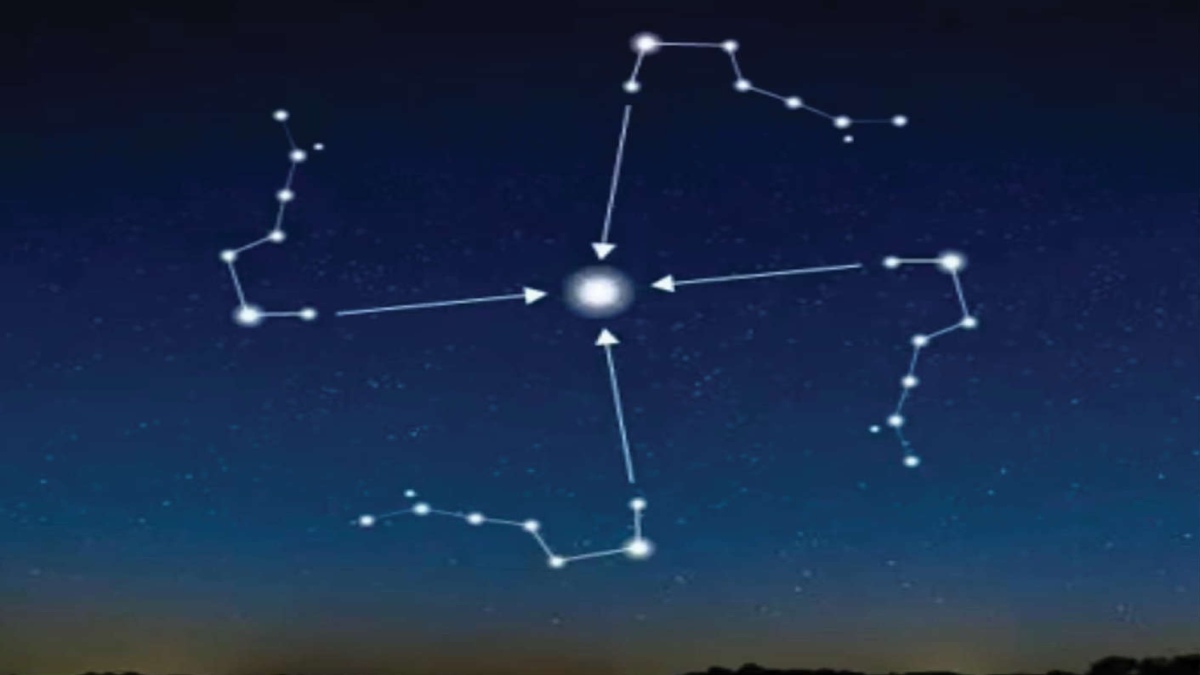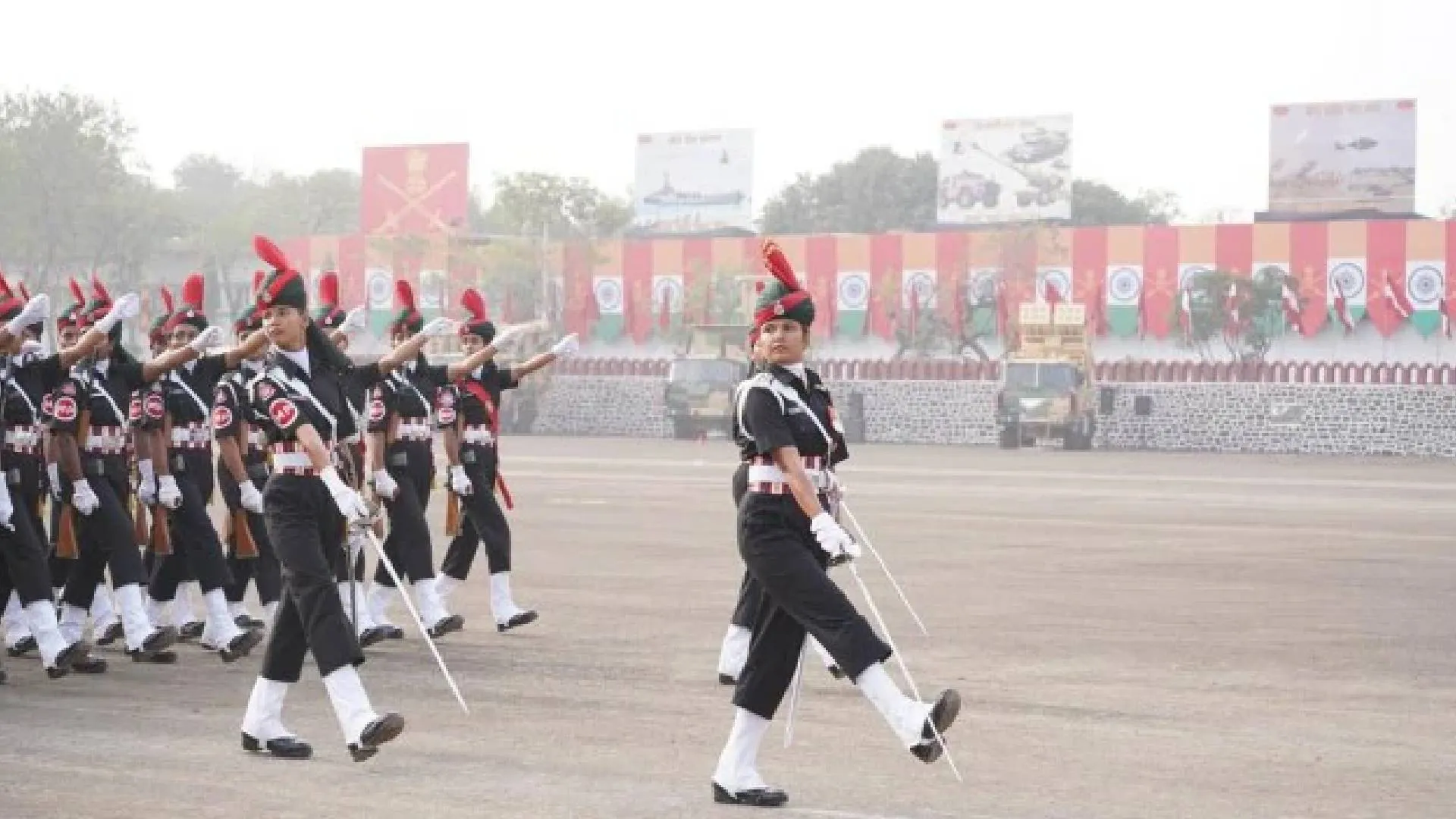Existence (asti) cannot be produced by non-existence (nasti). “Science is not only compatible with spirituality; it is a profound source of spirituality.” – Carl Sagan
The antiquity of swastika goes long back into history where it started its journey from the prehistoric era. It is a universal symbol seen in all ancient civilisation-cultures across the world and still remains as a living tradition across many nations in various forms, and especially in India among the Hindus, Jains, and Buddhists as part of their religious rituals. Owing to its widespread presence across the ancient civilisations, and later modifications to suit the new religious orders, swastika has a variety of meanings associated with it. The Vedas by itself have associated various meanings to the swastika where we find that in the Rig Veda 10.35 swastika is associated with Agni, and with the Sun’s movement upholding the law of Dharma or righteousness. In ancient Indian architectural sciences known as Vastusashtra, two swastikas facing each other create a square, which forms the square mandala of the Vastu Purusha. Similarly, swastika is also associated with a crossed vajra (sign of thunderbolt—in RV 3.30.16 and 3.58) seen in the hands of deities; the symbol is also related to the four cardinal directions; is linked with the lunar power, female principle and new life; associated with astronomy; the Christian cross; Vishnu pada; etc. In fact, it would not be wrong to say that swastika is most likely man created first graphic symbol representing an idea, which holds a clear intention and meaning, transcends all barriers of languages, and the knowledge of which was passed across generations following ancient oral traditions while maintaining continuity within changes across the world. Thus, swastika is a symbolical manifestation of existence, which is entwined with cosmic natural forces and is based on the theory of dynamism.


Swastika- denoting movement. From Wikipedia

Triskelion of the Chaldeons- another form of Swastika denoting the cosmic movements. (From Wikipedia)

Two swastikas (left oriented and right oriented) merge to form the square mandala of the vastupurusha. The left-hand swastika (Sauvastika) symblises the Devi as Goddess Kali, and is associated with tantra puja.

A crossed double vajra or visvavajra (Wikipedia)

A schematic diagram of a Persian garden, with quadripartite structure and a focal water feature, connecting aqueducts, and surrounding trees, as well as the placement of the palace. (From Wikipedia)
In an attempt to explore this continuing legacy, the article will take a close look at swastika and briefly present its history, while also exploring some of its meanings.
WHAT IS SWASTIKA, WITH REFERENCES TO THE RIG VEDA?
Swastika is “a cross in which the arms are bent at a right angle in the same relative direction”
~ Penguin dictionary of archaeology
The Sanskrit word swastika has its root in As, forming the word Asti, which means existing, being, or the essence of existence. The other word Su means good, well being, or benign; and the two together gives us Swasti, which means a valued existence, or the essential self-sustaining dharma or righteousness.
This enigmatic symbol, as Edward Thomas tells us in his ‘The Indian Swastika and Its Western Counterparts’ (1880) paper after examining its varying manifestations across the globe, all point to the primitive notions of a symbolic representation of the sun’s movements, associated with wheel like projections of the sunrays and its rolling movements. The ancient Chaldeans, who were initially located in the southeastern corner of Mesopotamia (9th to mid-6th centuries BCE—the proto Celtic phase in Europe), in their studies of what is now termed as the astronomical sciences, started drawing the sun as a circular outline, which soon had a four wheel or a cross inserted within it. This crossbar later evolved and elaborated to form the new designs that we are more familiar with now. Interestingly, Vishnu Purana (ref: Wilson’s translation, v. ii, pp. 246-7) also compares the sun’s movements to that of a wheel. Rig Veda too refers to the sun’s movements as a wheel, “He the impeller, the chief of charioteers (Pushan), ever urges on that golden wheel for the sun” and “the twelve wheeled spoke of the true sun revolves around the heavens and never decays …” (ref: Rig Veda—Wilson’s translation ii p. 130). Verse 10.35 in Rig Veda portrays the cyclic movement of Agni (Swastagni), and the entire sutra goes on describing the Sun’s movement holding the “wheel” of dharma (Cosmic causation and law) standing for what is right and auspicious for all living beings.
The uniqueness of this primitive sign lies in the fact there is a clearly visible geometrical tension in its shape, where we find that it is an equal-sided cross that can be rotated at 45 degrees either to the right (clockwise) or to the left (anti-clockwise. The clockwise turning position known as dakshinavarta is believed to symbolise the sun’s energy, while the anti-clockwise turning position known as vamavarta represents the moon and feminine energy. Another popular form of swastika is the spiral type known as tetraskelion (from the Chaldean culture), where the three spiral arms create an illusion of cyclic movement. When the arm ends are made to touch each other this spiral form (tetraskelion) takes the shape of a wheel, which in turn is an astronomical sign symbolising cyclic movements of all cosmic bodies. The triskelions, as per the scholars, are swastikas in continuous motion, also representing continuous cosmic re-generation and the continuity of life. It is visual imagery for the harmony and balance in life and nature’s changing seasonal cycles; and in Rig Veda: 7.97-10 we find Rishi Vasistha (one of the Saptarishis), talking about the repetitiveness of cosmic sustainability. The Rig Veda, which can be said to be among the world’s oldest documents on cosmological sciences, mentions swastika many times. This recurrent use of the word shows not only the pre-eminence of the symbol but also makes it evident that the ancient rishis who had composed the verses saw it as more than just a symbol.
In Rig Veda 3.30.16 and 3.58, the swastika is shown to stand for the crossed double vajra or viśvavajra, symbolising thunderbolt (which was later copied to create the Greek cross Fleury).
Again in RV 4.53.3-4 swastika is seen in an imagery form depicting the transformation of the power of the Sun into the power of the seer, with arms extending towards the four cardinal directions and engulfing all space. The cross-like space concept is also seen in ancient Persian literature (Achaemenid times), which was copied later to form the Islamic chahar bagh concept.
In the RV 3.54.11 and other verses Sun is the golden-handed, all beholding, and all-embracing Savitri, evident in the term ‘Savita Sarbatati’, which means the divine sun rays has powers for creating Life (Left oriented swastika associated with feminine power and Tantra) and a Pacifier (Right oriented swastika associated with Yoga). The two forms of swastikas (left and right oriented) in the 10th chapter of the RV: 10.36.14 merge to form a square, and that along with the deities of the four cardinal directions give us the framework of the Vastu-Purusha-Mandala, the basic foundation diagram for any Hindu, Buddhist, and Jain temple or building architecture.
Interestingly within Hinduism, swastika is also seen as the cross, which symbolises the Supreme Consciousness (Brahman) and His creation, while the four bent arms define the four purushartha—Artha (wealth), Dharma (righteousness), Kama (love), and Moksha (liberation). It is a moving wheel, denoting a world that is constantly changing while remaining fixed on Brahman (centre point). The swastika is also associated with the Seven Sages or the Saptarishi (Ursa Majoris/the Great Bear) that are a group of celestial bodies forming a constellation. It is believed that the Saptarishis are eternally revolving with the fixed aim of establishing Dharma – “Tad Vishnu param padam” (Polaris is the Dhruvapadam—RV: 10.82.1-2; Srimad Bhagabadgita: 5.22.17).
In terms of archaeological evidence from the Indian subcontinent, swastika motif has been found from Pre-Harappan times, as for example, on a potsherd from Rehman-Dheri (Khyber Pakhtunkhwa province). Seals dated around 2100 B.C.E showing swastikas have been found from the Mohenjodaro site, while the motif is frequently seen on ornaments and beads found from various sites of the Sindhu-Saraswati civilisation; including on pottery from the Shahi-Tump site (Baluchistan). The Navdatoli site beside the Narmada River in Madhya Pradesh (chalcolithic culture) has also yielded varying forms of the swastika symbol on pottery; while paintings of the swastika motif have been found from the Ganga Yamuna doab area sites (on painted grey ware, denoting Iron age culture). Potteries and sherds depicting swastikas from Sonkh (Mitra period, 2nd century B.C.E); to tablets, coins, and seals from Mathura belonging to the Kushana period (1st century CE), the swastika motif has remained a constant in Indian art from pre-historical to the historical era without any break, and still continues to remain a religious symbol even today, the postmodern era.
Besides the Vedic verses and pre to historic representations of the swastikas, we find mention of the symbol in our epics too. In Ramayana, we find the mention of the swastika motif as carved in relief on a boat that carried Sri Rama; while in Mahabharata there is the famous Swastika Vyuha (maze) or the Chakra-Vyuha as a part of artillery war in the Kurukshetra battle. Swastika also played an important role in Jainism and Buddhism throughout history and remains an important part of their religious and cultural practices. Even today swastika remains an essential part of most rituals associated with the Indic religions, and in astrological and astronomical (jyotishsastra) studies in India. This is because the symbol stands not only for truth (dharma), auspiciousness, and a perfect Cosmic balance within the spiritual, natural, and philosophical realms; it has also become an integral part of more tangible aspects, such as trade, battles, daily rituals, etc.
It is mind-boggling to study the evolution of swastika in various parts of the world, from ancient America to Europe, and the different Asian countries. It is equally mind-boggling to see its connections not only with the various aspects mentioned in this article, by also with thermodynamics (torques), various branches of genetics, engineering, electro-magnetic circuits, and the list just goes on. This article is just the tip of the iceberg, and the idea came to my mind from a Facebook and Twitter post that I had made, which brought about various reactions, which made me realise that many people aren’t aware of the origins and Vedic meanings associated with this symbol. There were various arguments where people contended that while drawing a swastika the lines cannot be crossed, as it is inauspicious to do so. Rigidly taught to do so owing to later period modifications stemming from lack of understanding, these argumentative dialogues just fall flat one when explores the ancient world and realises that swastika started its journey as a simple cross that symbolised the Sun’s movement, and alternatively, Brahman and His creation.
The author is a well-known travel, heritage and history writer. Views expressed are personal.






















